Howard Kirby looks at how to get a picking-up dog hunting well and the importance of maintaining full control - a tricky combination that takes skilled training!
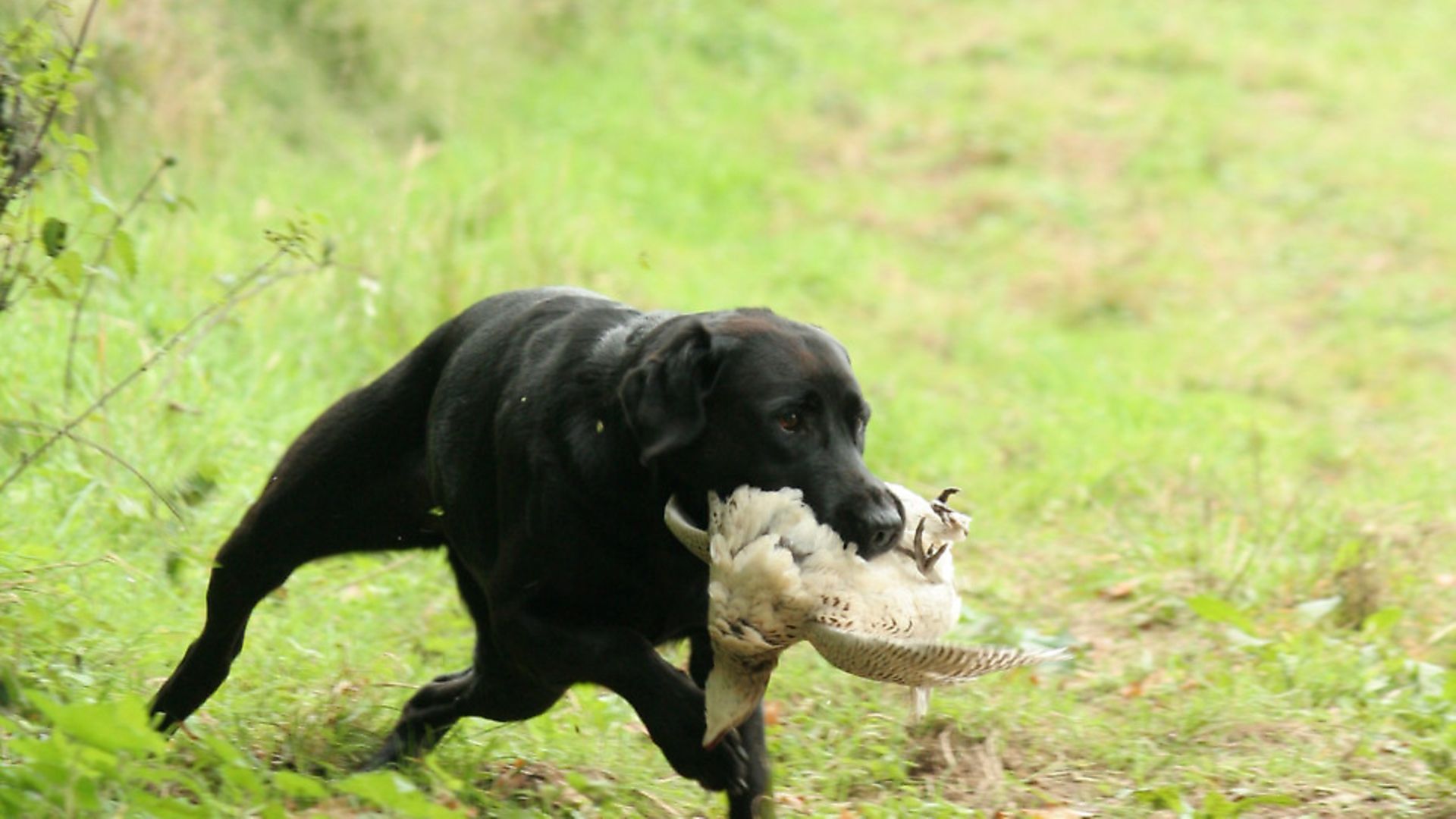 credit: Archant
credit: Archant
It's that time of year when many of us will be having fun with our dogs in the shooting field. If you are lucky, you'll be one of 'the chosen ones' that have been asked to pick-up. Although most people choose to be a picker-up as a hobby, for fun, the position does come with a fair amount of responsibility.
Last month, we took a look at some of the training techniques we might use to teach our dogs that they must not swap, drop or abandon game once they have picked it up. In this article, we're going to take a look at how you might best choose to hunt the dog as you go about the business of clearing your ground of shot game.
It's generally recognised that quartering into the wind is the most effective method of working a piece of ground. Pickers-up can be required to hunt all kinds of terrain: woodland, downland, heath, moors, ditches, rivers and lakes are just a few that come to mind. We need to systematically hunt a piece of ground, ensuring that we have been careful not to leave any shot game behind.
Irrespective of the breed type you are working, it will be helpful if the dog can widen its pattern on open ground, but be under control enough that you can encourage the dog to stay tight and hunt around you. This control usually comes via a whistle. I know it's obvious, but it's probably worth mentioning that in a perfect world we would choose to minimise the use of whistle commands. Most hard-hunting dogs will want to push on so it's important that you manage how much ground they take on.
I think it's important to really think about control with a picking-up dog, as without it you may find that some dogs will end up completely off the whistle. The whole process of teaching a dog to hunt involves showing a youngster that if it gets its nose down and hunts around, it will find a reward: food, dummies or game. Next, you will be encouraging the dog to work harder and take in more ground, widen its pattern and generally run bigger in an effort to be more efficient. With a picking-up dog, we need to cut the dog some slack, give it some independence in order that it learns to use its head to get out and find shot game. At this point, my advice is to proceed with caution - be careful what you wish for.
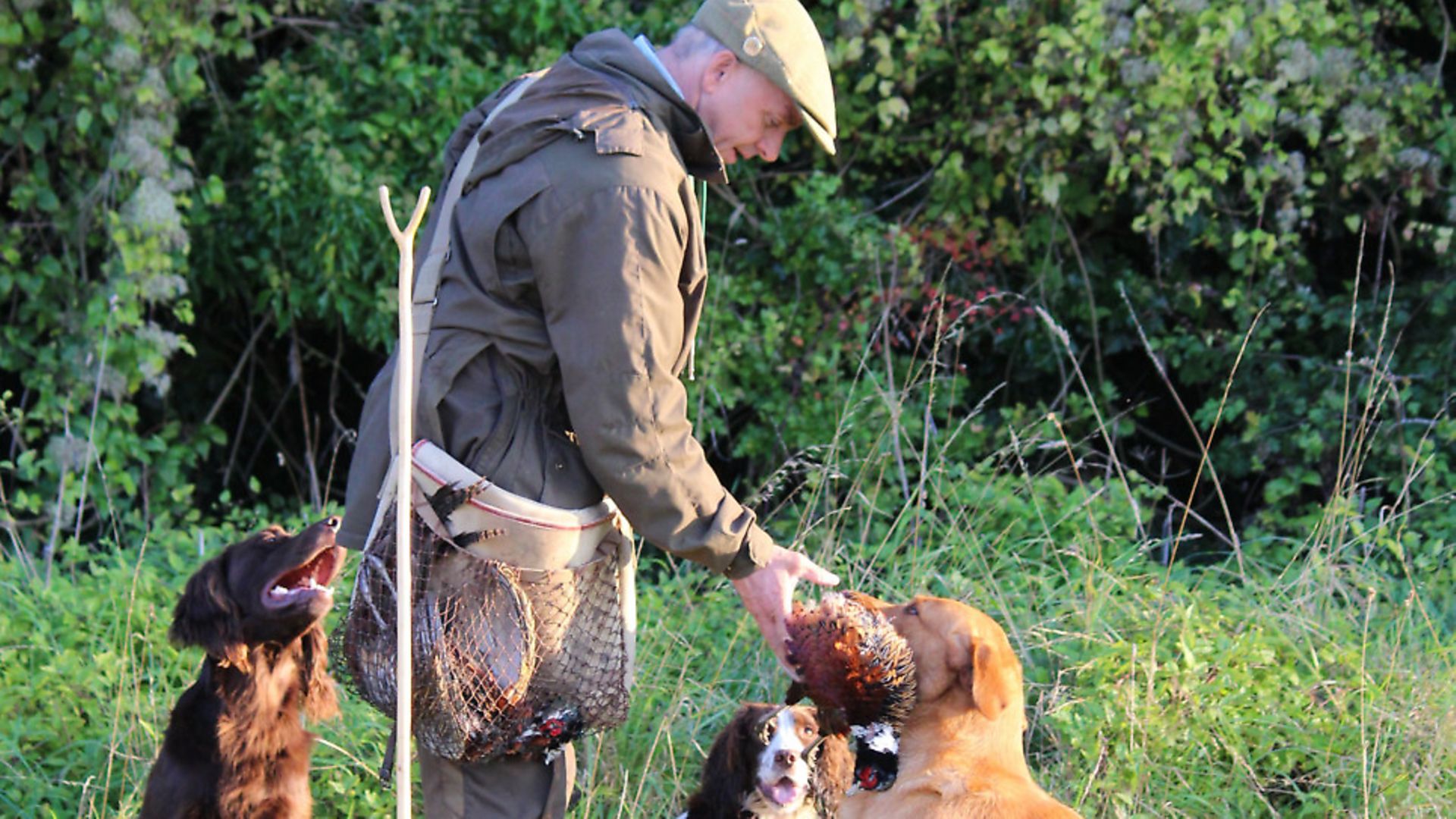 credit: Archant
credit: Archant
As a young and enthusiastic dog man, I cut my teeth picking-up on a large commercial shoot that had huge blocks of woodland. The picking-up team for shoot days was made up of six picker-ups and you were considered to be under-dogged if you ran a team of less than four. Most of us had teams of six or seven.
Our dogs had to cover a lot of ground if we were to be both quick and thorough in clearing the ground of shot game and then be in behind the Guns in time for the next drive. These teams of dogs were incredible to watch and work with. In fact, the whole operation was something to behold.
With a lot of ground to cover, it was necessary to let the dogs have their heads and get on with the job. It was working a team of dogs, primarily Labradors as it happens, that gave me a priceless opportunity to watch young dogs develop. And, importantly, to see on several occasions just how differently litter siblings can develop with what was effectively the same daily lifestyle and training regime - each dog's personality and character influencing the way they would turn out.
My point here is that the very nature of the work required of a picking-up dog means that, left unchecked, some will become independent and 'go rogue'. Having had one that did just this, I now think it's really important to ensure your dogs are schooled to a high standard before you start picking-up and, just as importantly, to stay on top of the dog's obedience.
Quite simply, the more early training you do, the more versatile and obedient the dog is likely to be. With spaniels, my choice is to train them as if you were producing a highly trained rough shooting or Trialling dog and then develop the dog from there. I totally understand that initially this might mean that the dog takes in less ground than you might wish, but in my experience, get them out on a shoot day, lay off the whistle and they'll very soon open up. The important thing here is that you will be starting the dog's shooting career with a high standard of obedience, which will give you the control you need.
With retrievers, I'd recommend you train them as you would any retriever but add in the kind of hunting training that you would use on a spaniel. Taught properly, retrievers are great hunters, although most will not be quite as good as a spaniel… that's subjective and almost certainly controversial I know; I am generalising!
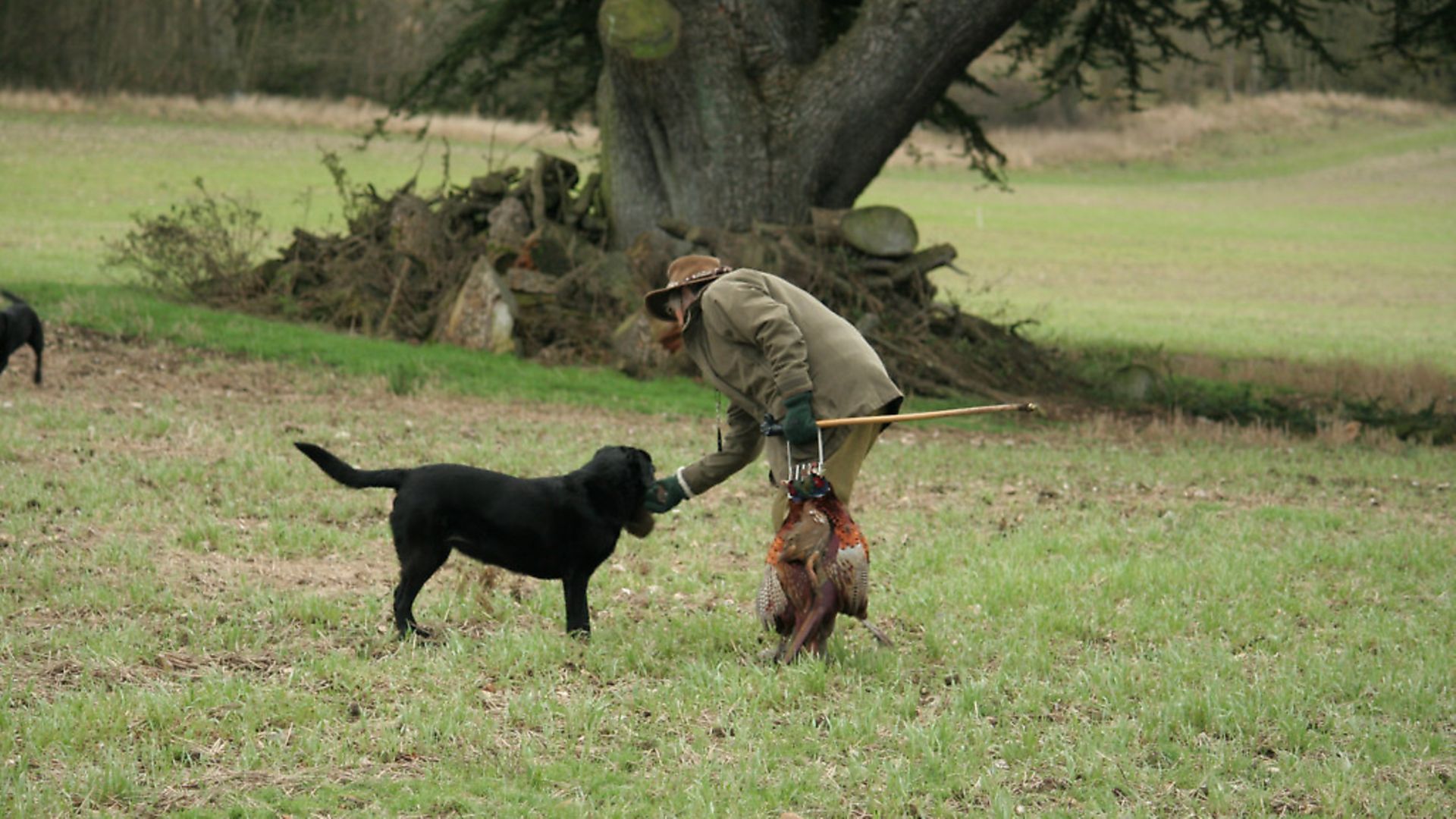 credit: Archant
credit: Archant
Keep them close
Assuming you've done your training properly, the secret to picking-up is no secret at all - you just need to ensure you keep the dog hunting close to you. So what exactly do I mean by close? There are no set parameters and you will need to make decisions based on the type of ground and cover you are working on. The level of control that you have will obviously be influential, but you must be able to see the dog and what it's doing.
Schooling the dog to hunt close is best done from the start, in early training, in puppyhood. If done correctly, you will encourage your dog to understand that hunting with power and enthusiasm across the front of you is a strategy that brings them rewards.
The term that covers this behaviour is 'quartering'. We've discussed this before and when training for the pure hunting objectives of each working group, the width of a hunting pattern is massively different between a spaniel and an HPR. If we are intending to use our dog primarily as a picking-up dog, we will need to school the dog to understand that it can adjust the width of its pattern to whatever width it chooses, just as long as it is obedient to the turn whistle.
In training, make it your business to keep changing direction, about turn, and to ensure that, irrespective of which direction you go, the dog will find a dummy if it keeps with you. Keep stopping and encourage the dog just to sit still and relax a little. Some will start to get overexcited and, if allowed, will start to pull you forward.
Inexperienced handlers start to follow a dog; this is likely to lead to missing ground and possibly shot game. But go too slow and you will force the dog to double hunt - this is likely to frustrate a dog and may lead to unwanted issues. The ground and cover will dictate the rate at which you move forward.
As I read this article back, it makes me realise just what a top level dog and handler partnership are doing when working in the shooting field. If it looks smooth, calm and thorough you're probably watching one. Study them, watch, listen and be impressed. It's a skill, a real art. Not everyone can do it. Don't let that hold you back. Keeeep training!!!
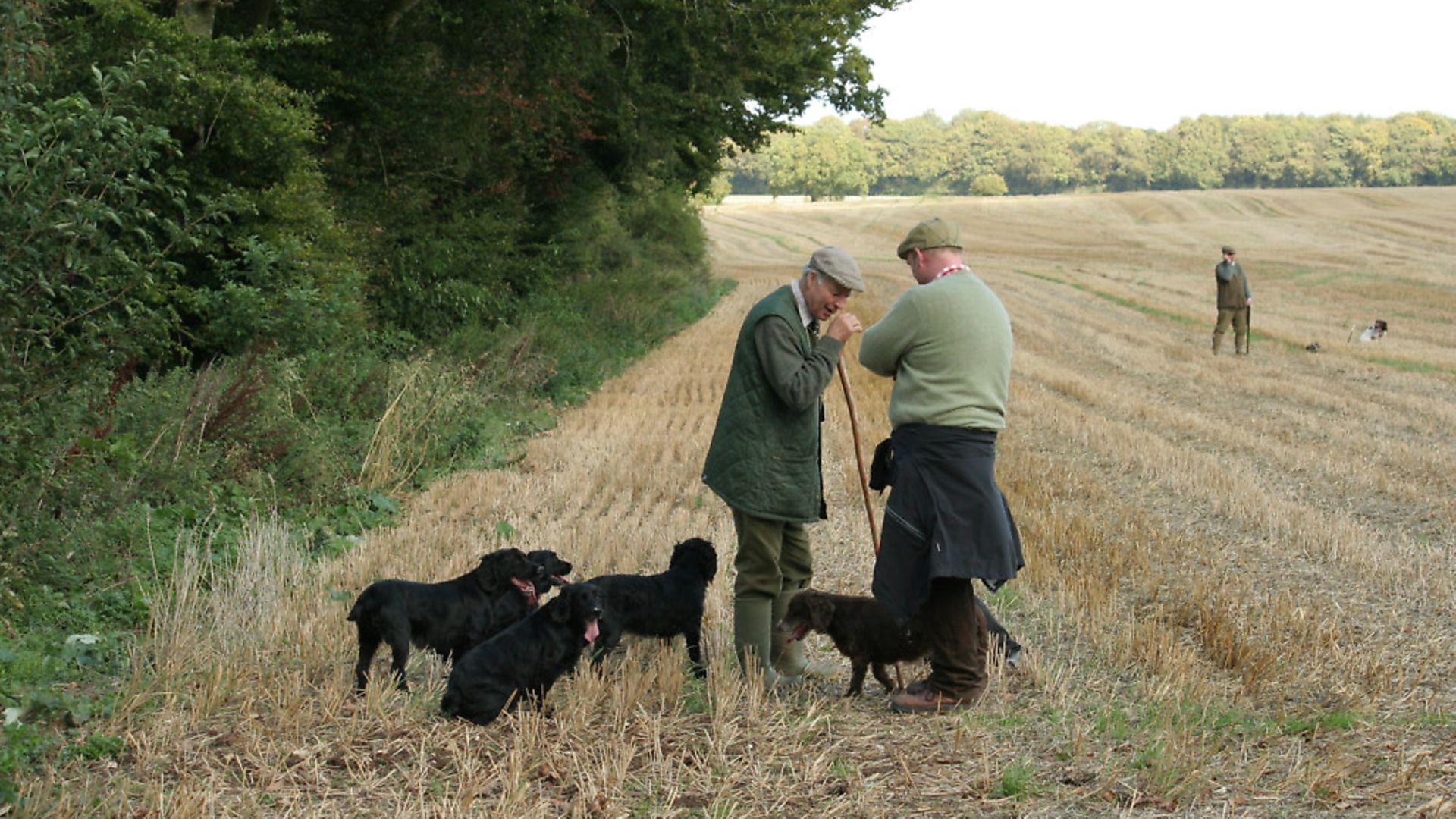 credit: Archant
credit: Archant
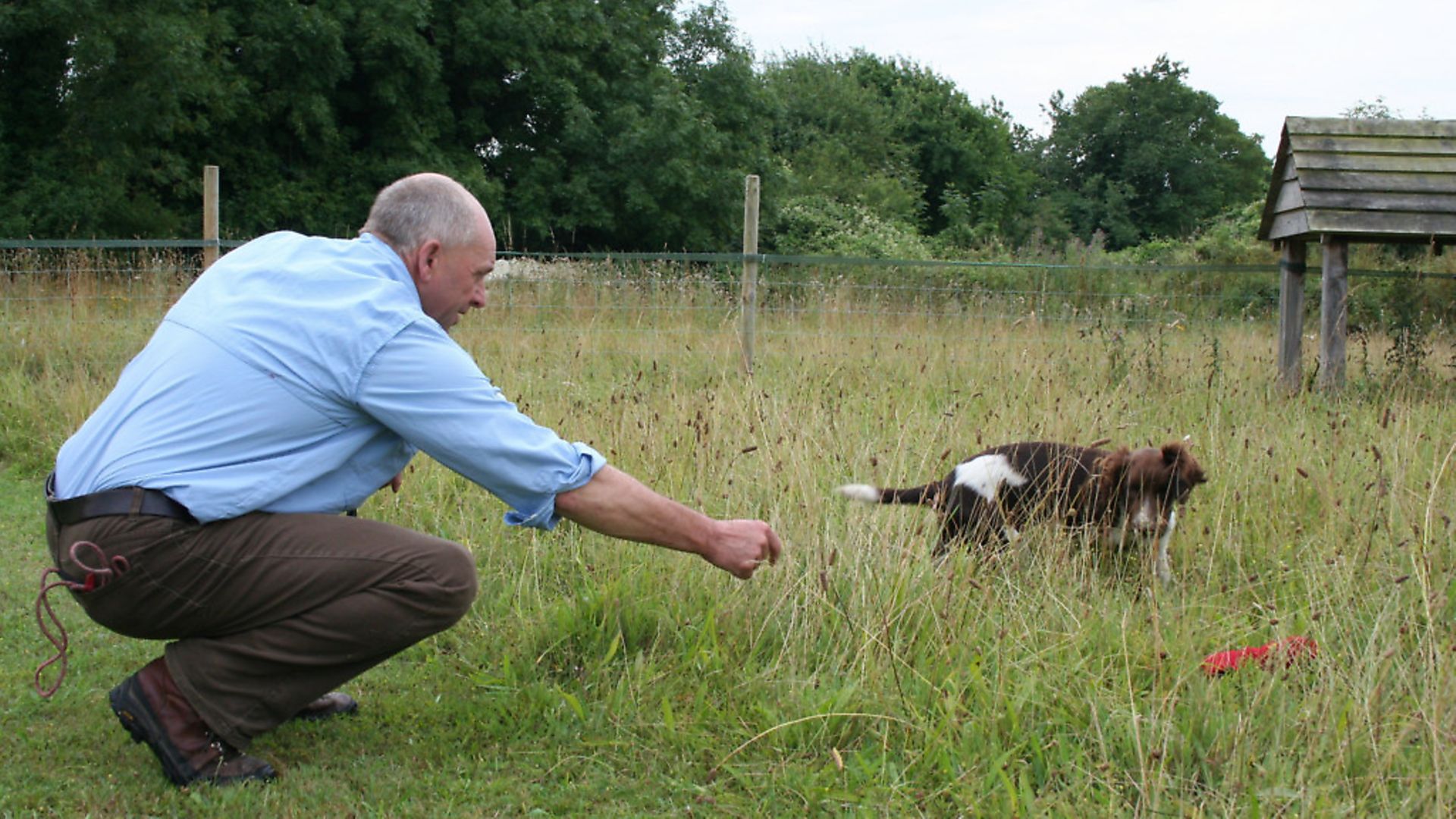 credit: Archant
credit: Archant
 credit: Archant
credit: Archant